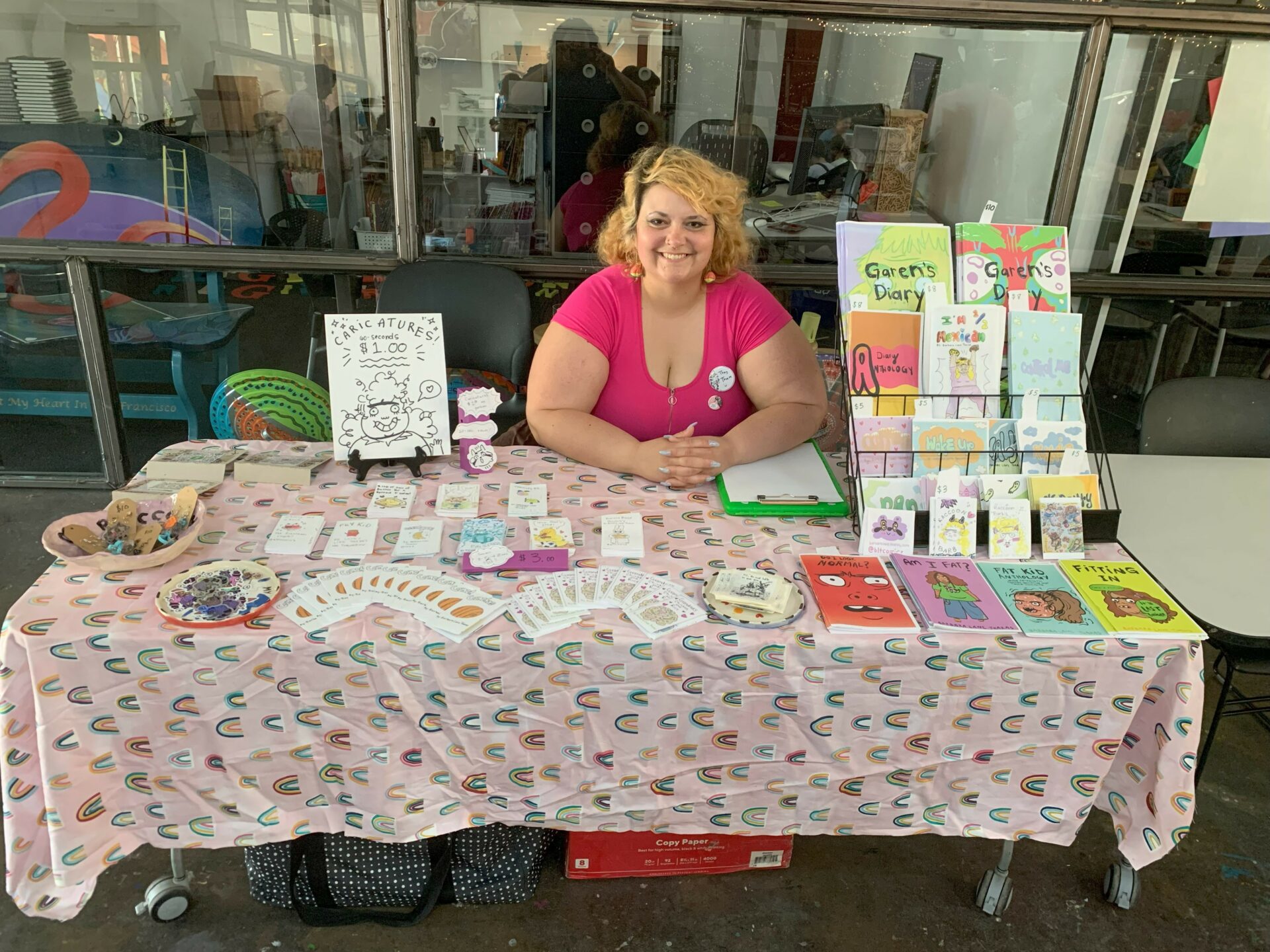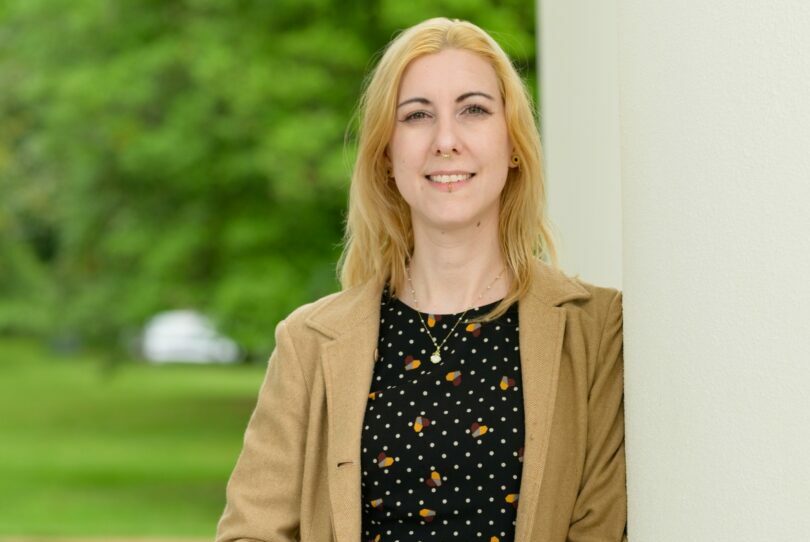We recently connected with Barbara Lane Tharas and have shared our conversation below.
Barbara Lane, we’re thrilled to have you on our platform and we think there is so much folks can learn from you and your story. Something that matters deeply to us is living a life and leading a career filled with purpose and so let’s start by chatting about how you found your purpose.
I have been drawing since before I knew how to walk. I’ve always known that drawing is fundamentally part of who I am as a person, but once I reached high school I was discouraged from pursuing art. My dad wanted me to focus on getting a college scholarship so that I could go get a degree that would get me a job that pays lots of money. That is often the goal for many parents with kids, especially if they struggled with money for any extended period. That was the case with us. I understand where my dad was coming from, but I don’t agree with the verbal abuse he chose to intimidate me with. For several years, I thought I wanted to go to school to be a marine biologist, but as I learned more in college, my path became less and less clear. I changed my major so many times, it seemed like every semester I was a new major for the first few years of college. Then, I finally asked myself, “What brings me the most joy? What do I do with the least amount of effort that comes the most naturally to me?” And the answer has always been art. Majoring in art also meant that I could be everything all at once because art can literally be about anything.
It was scary, and it caused a lot of problems with my dad but finally decided to pursue art as a serious career choice about halfway through college. My dad berated me for it, and I had no support from him or my mom. My mom just wanted me to obey my dad. It was so incredibly difficult emotionally and financially not having the support of my parents going through college. It took me nine years to get a degree.
In 2012 I decided that Corpus Christi wasn’t providing me with enough art opportunities, so I quit school to save up to move to Austin where I planned to continue school. I worked as a night stocker for six months. Those were some of the darkest months of my life. I worked at night and slept on my grandma’s couch during the day. My mental state was bleak, and one of the only things that would give any kind serotonin boost was watching clips of Adventure Time on the Cartoon Network website from my phone. I didn’t have access to Hulu at the time, so those clips were my only access to the cartoon. Shortly after I realized that the move to Austin wasn’t going to pan out, I became aware of the enormous impact that Adventure Time had on me. It was a beacon of light during a very dark time. I had no idea a cartoon could be that. I started thinking about and researching who makes these cartoons and how, and what it would be like if I did that too. After lots of research and consideration, I decided I would go back to school in Corpus Christi to become a cartoon maker so that I could be that beacon of light for others.
Today, my artwork is heavily influenced by several cartoons, comics, and graphic novels including but limited to: Adventure Time, The Marvelous Misadventures of Flapjack, Steven Universe, Clarence, Bee and Puppycat, Bob’s Burgers, Distant Lands, This One Summer, Unlovable, and Supermutant Magic Academy. I create work that is motivated through sequences such as comics, animation, and printmaking. I use printmaking and comicing as a way to create work that utilizes humor to critique the social stigmatization of fat bodies, mental health, and to create an opportunity for solidarity. Laughter is a tool for overcoming shame, which is my most significant motivation when creating art.
Let’s take a small detour – maybe you can share a bit about yourself before we dive back into some of the other questions we had for you?
My name is Barbara Lane Tharas (they/them) and I am an artist living and working in Emporia, Kansas. I received my Bachelor of Fine Arts from Texas A&M-Corpus Christi in 2016. I have exhibited nationally over the last eight years, including eight solo exhibitions and numerous juried exhibitions. I create work that is motivated through sequences such as comics, animation, and printmaking. I use printmaking and comicing as a way to create work that utilizes humor to critique the social stigmatization of fat bodies, mental health, and to create an opportunity for solidarity. Laughter is a tool for overcoming shame, which is my most significant motivation when creating art.
Currently, I just finished a series of work that is showing at Trox Gallery here in Emporia. The exhibition is called “Dear Sketchbook” and it delves into my personal artistic journey, featuring a curated selection of sketchbooks spanning from 2014 to the present. The focus of the exhibition features my intimate relationship with sketchbooks, emphasizing each sketch and employing collage techniques on panels to enhance and expand the essence of a sketchbook. I am transforming the sketches into drawings, paintings, and collages. Each wood panel further serves as a visual narrative, summarizing and intensifying the atmosphere of the corresponding sketchbook displayed on a pedestal below—allowing viewers to explore freely.
The importance of sketchbooks serves as daily visual diaries capturing sticky note memoir comics, grocery lists, written entries, drawing practices, and doodles that mirror my thoughts and emotions in the present moment. Reflecting on my early years, the act of making marks on scrap paper preceded my ability to walk. Even as a baby, I insisted on a pen and paper to draw. While in moments of anxiety, my sketchbook becomes a therapeutic outlet—providing solace when there’s no one to talk to and serving as a canvas for expressing overwhelming sensations. The absence of sketching for even a few days leaves my mind feeling empty and adrift, underscoring the vital role routine sketchbooking plays in maintaining my coping practices and mental equilibrium.
The unique aspect of this exhibition lies in its deviation from the traditional privacy associated with sketchbooks. While typically private, fostering an uninhibited relationship between the artist and the sketchbook—I have always shared mine. This provided a sense of connection and relief from the isolation. Loneliness has been a constant burden for years, and I was able to find solace in the act of sharing my sketchbook as a bridge to others. Consequently, the fear of judgment dissolves when others view my sketchbooks or drawings. I find value in being able to share my messy, unhinged marks with others through various platforms.
Dear Sketchbook challenges the norms of gallery exhibitions, embracing the unrefined nature of sketchbooks and the spontaneity of mixed-media collages. The intention is to inspire others to keep a sketchbook and create marks that exist in their raw, unpolished form—a valid expression in itself. The sacred and special relationship between the sketchbook and its owner, bound by an unwritten contract, offers ultimate agency and significant mental relief. The exhibition aims to encourage a broader movement of embracing the authenticity of creative expression.
If you had to pick three qualities that are most important to develop, which three would you say matter most?
The three qualities that were most impactful on my journey were skepticism, curiosity and friendship. My skepticism drove me to do research and gain knowledge. College taught me how to think critically and analyze my sources, and that allowed me to empower myself with information that is peer-reviewed and based in unbiased science (or as unbiased as it can be). My curiosity kept me going through really hard times. In moments where I felt stuck and lost, my curiosity allowed me to pivot and shift my mindset in order to gather different perspectives. The more perspective I had on something, the better an outlook I had on life. Friendship really pulled me through all of it. In my darkest times, my friends were there to pick me up. Currently, I am in a relationship with my best friends and we are building an amazing, fulfilling, meaningful life together.
I truly believe that no one can be successful by themselves and that life really can get better if we figure out how to ask for help. Find those people who believe in you and what you do, and hold onto them. Be ambitious together, take risks together, and hold each other up through all the hard times.
Any advice for folks feeling overwhelmed?
When I feel overwhelmed, I talk to my partners or therapist or I sketch in my sketchbook. Working with a Trauma Therapist has helped me with my PTSD and BPD symptoms immensely. And my partners have supported and loved me for so long, they always know what to say to reassure me. My sketchbook is always nearby and helps me to organize and release looping thoughts.
My therapist has performed Accelerated Resolution Therapy(ART) during sessions to alleviate the symptoms of PTSD. It has been extremely effective and relieving for me. We also go over strategies to combat intense emotions, which are symptoms BPD. Those strategies include holding ice in my palms to regulate my nervous system, examining thoughts feelings and actions using a worksheet, and acknowledging hard feelings when they come up in order to validate myself. Validating myself has been a colossal instrument in my recovery.
When I feel overwhelmed at work or home, I know I can turn to my partners and make a phone call to them when I’m having a hard time with a thought or feeling. Most of the time, if we are together in person they can usually tell when something is up with me and they prompt me to work through it by asking me questions and listening. It’s always extremely helpful to have someone who is willing to listen and validate your experience.
My sketchbook is always filled with words and drawings of my experiences. Sometimes just writing down or drawing the thoughts and feelings is enough.
Contact Info:
- Website: barbaralanetharas.com
- Instagram: @bltcomicz
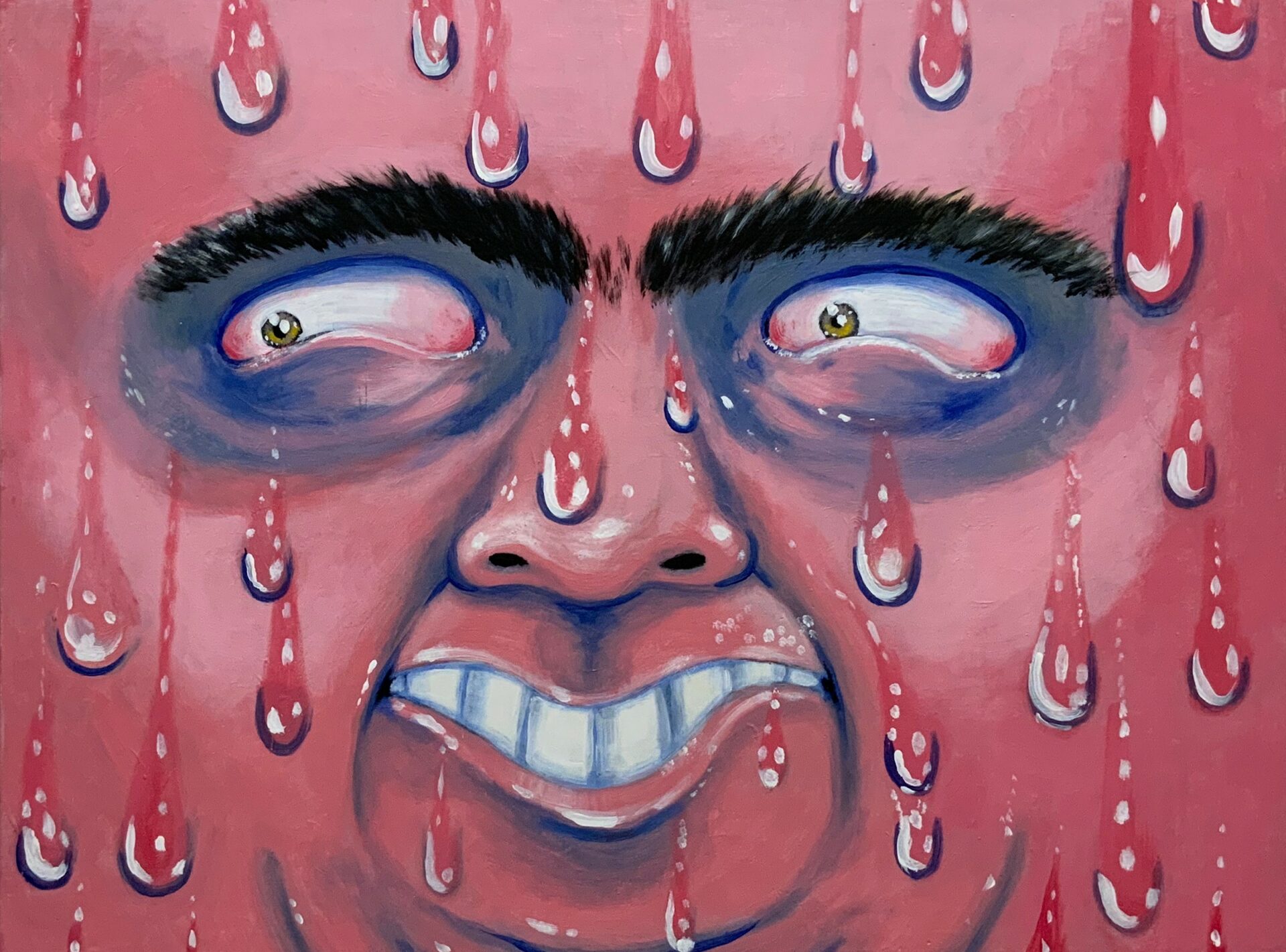

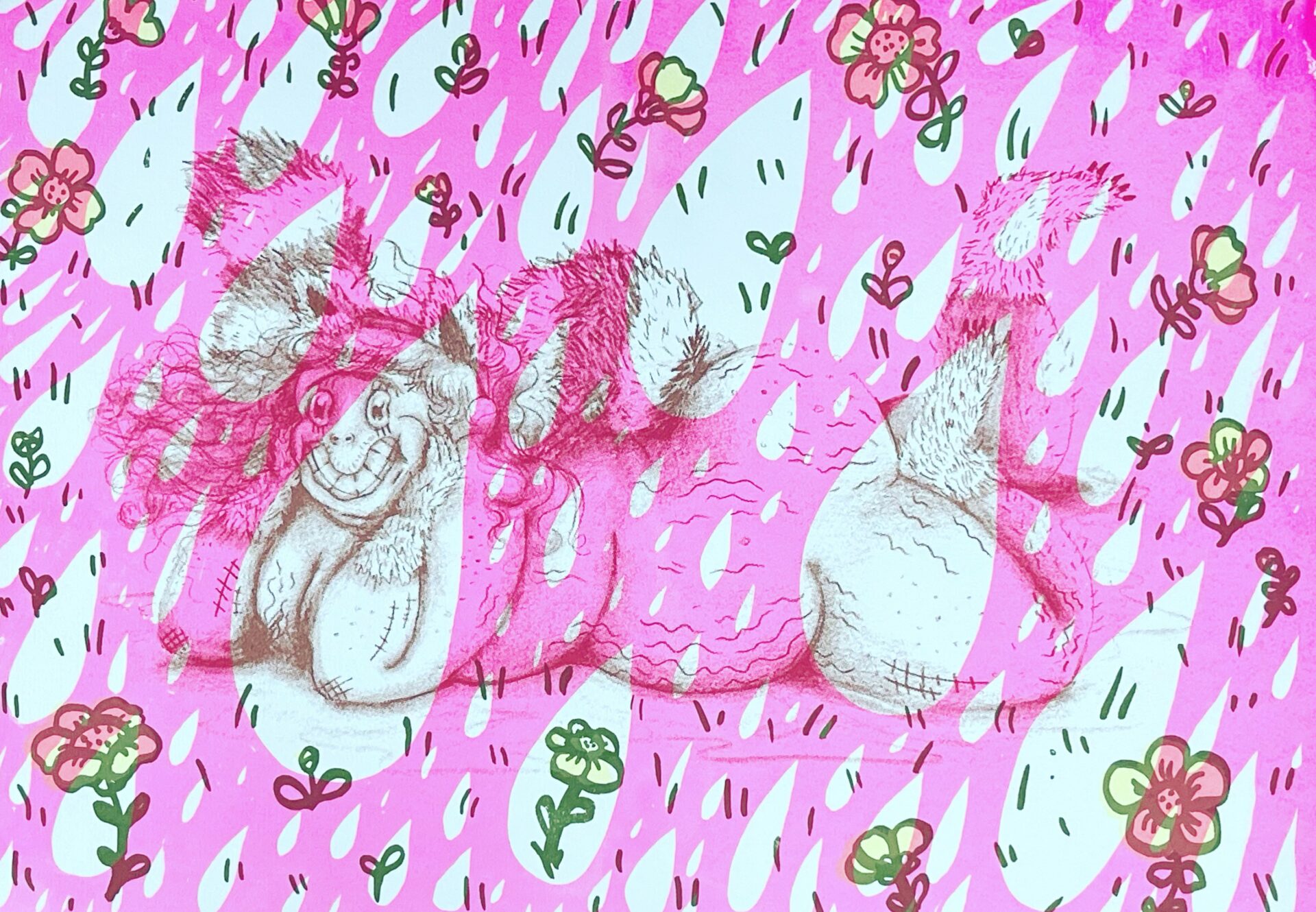
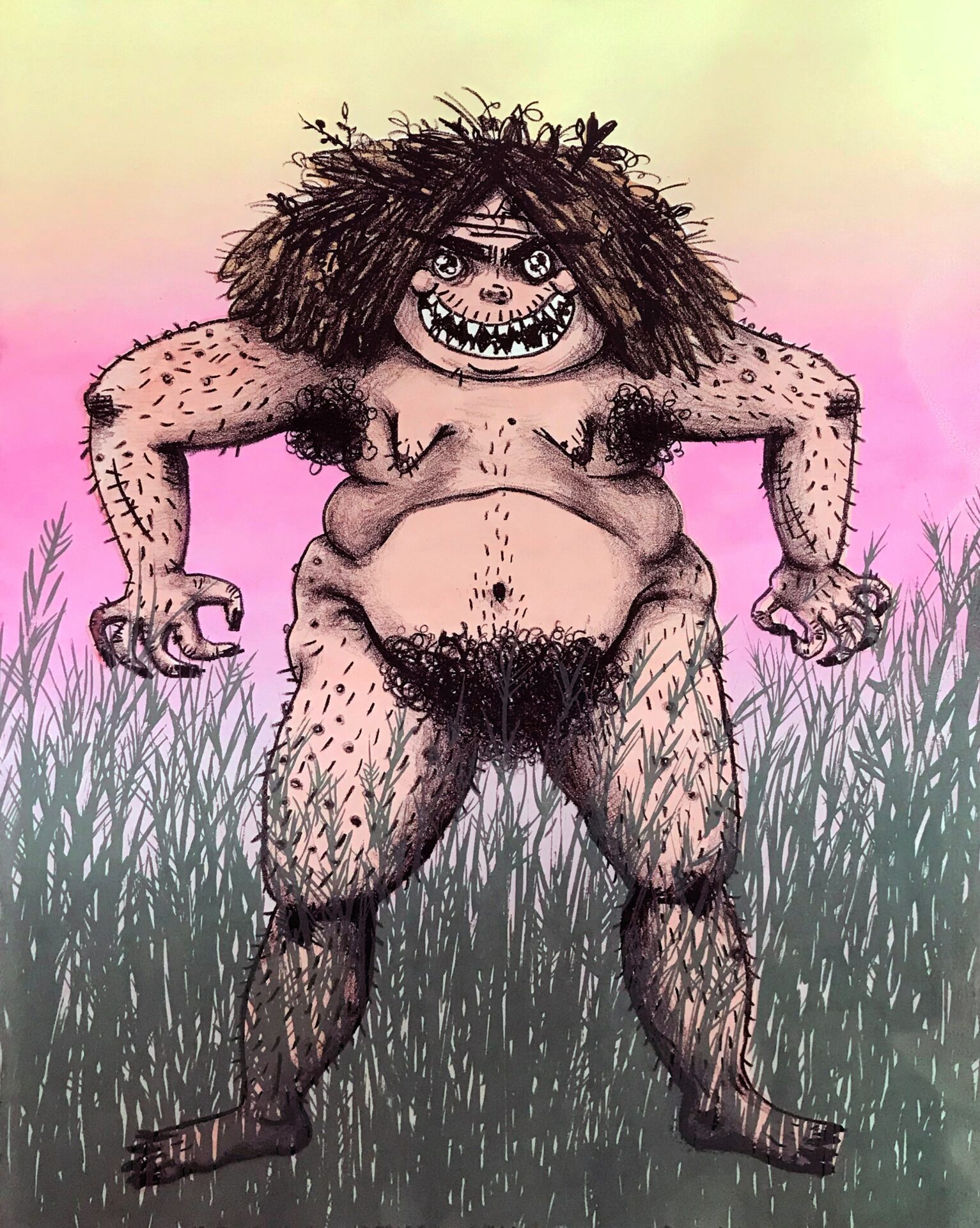

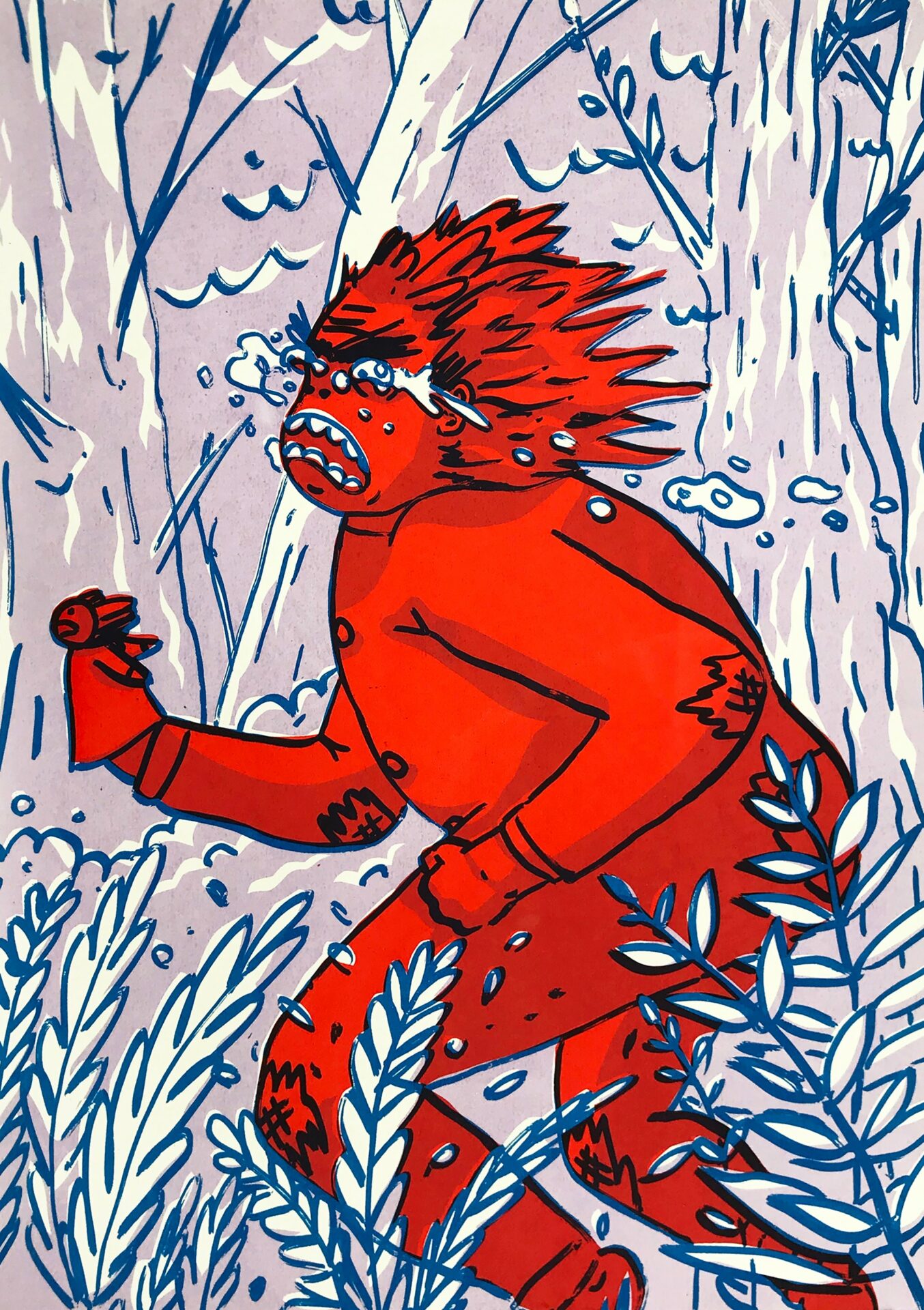
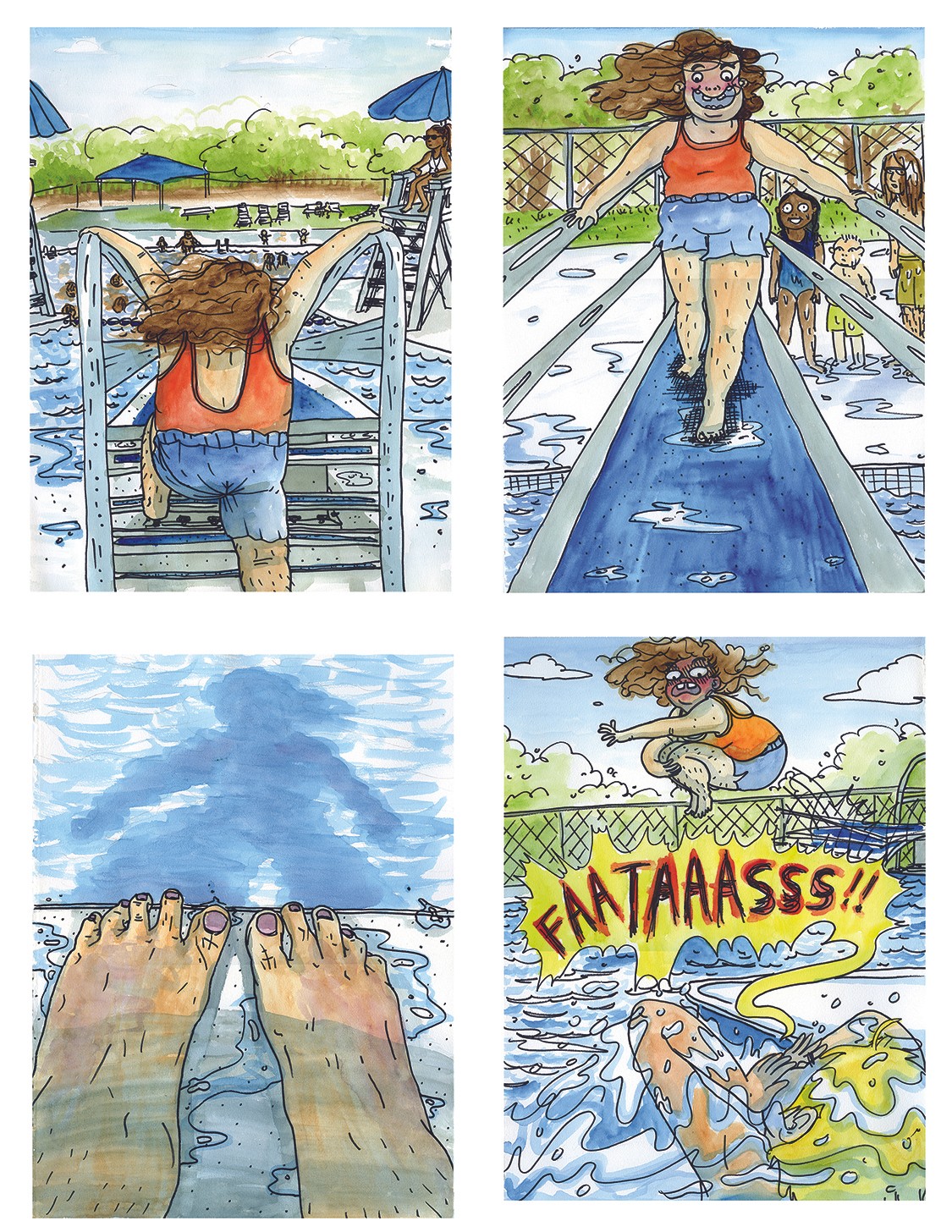
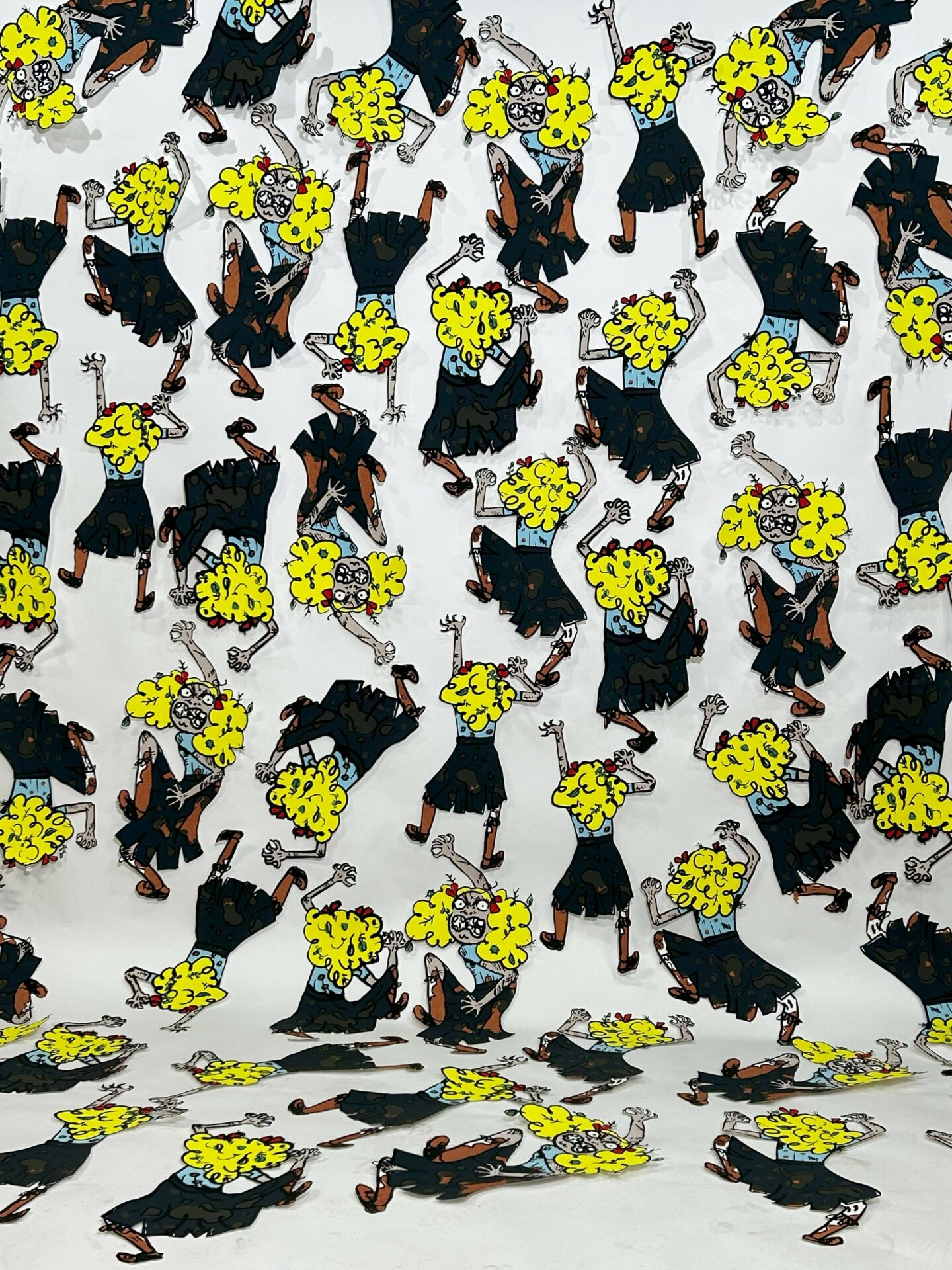
Image Credits
Barbara Lane Tharas

